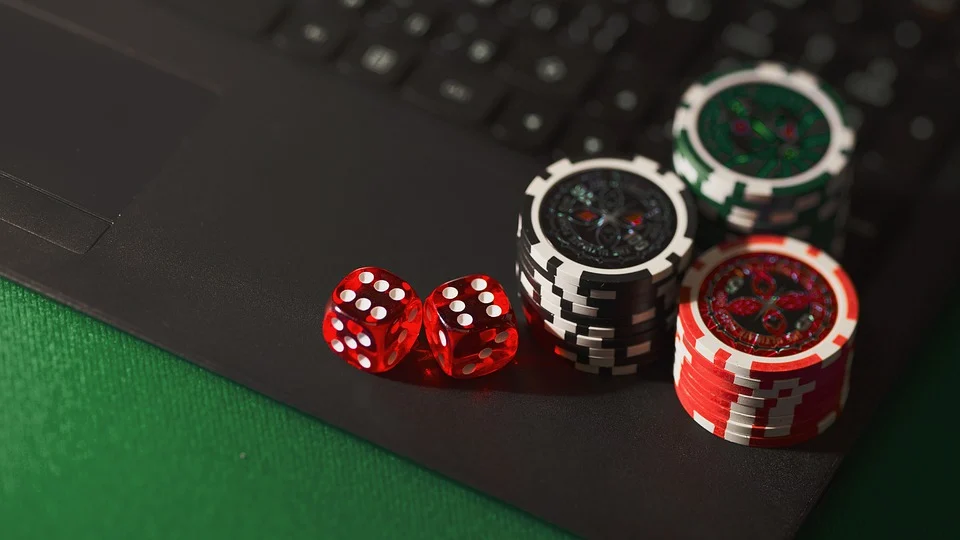Slot machines are electronic gaming devices designed to provide players with the chance of winning large sums of cash or prizes. The earliest slot games date back to the 19th century. These early slot machines had wooden boxes and contained mechanical spinning wheels called reels. They were operated manually through pull levers or buttons and offered only a single payout option. In contrast, modern slot machines offer multiple payouts for each spin, they can accept coins or bills, and they often contain flashing lights, bells, and other features. Let’s see in the article below the history of slots that players should know.
Early Mechanical slots
Mechanical slots first appeared in the mid-19th century. They consisted of metal castors mounted on wood frames. The player would insert money into a slot machine and then press a lever to start the game. After playing several rounds, a random number generator would decide whether the machine paid out based on how many symbols matched up on the reels. This is where the term “slot” comes from.

First electronic slot machine
After the success of the mechanical slots, engineers started developing electronic versions. By the late 1800s, these machines were becoming popular at fairgrounds and carnivals because they could be easily operated by one person. Like their mechanical predecessors, these new electronic machines also began using a random number generator to determine which reel combinations won. Unlike its mechanical predecessor, however, this computer-controlled version of the slot used electromechanical means instead of mechanical gears.
Evolution of Modern Slots
In the 1930s, companies like Bally Manufacturing developed an automated coin mechanism that allowed them to mass produce the machines. Over time, manufacturers added more features, such as video displays, sound effects, bonus spins, and bonus games. The most successful version of the slot was released in 1972 when International Business Machines (IBM) introduced the IBM Video Jackpot and the SuperJackpots.
Introduction of Variable Reel Spinning
When slot manufacturers realized that some people preferred to play slower-paced games, they began adding “variable” reels. Players who wanted to go fast could choose standard three-reel machines while those who wanted to slow down could opt for five-reel machines. The same year IBM introduced variable reels, it also created its famous Microgaming software platform. Since then, every major manufacturer has implemented similar technology.
Online casinos
Although online gambling has been around since the 1990s, it wasn’t until the 2000s that consumers took notice of the options available. Today, you have plenty of different ways to gamble online. But did you know that there are also lots of different types of slots? Some slots are better than others for certain games. For example, if you’re looking for a simple slot experience, we recommend our top pick, All American Casino Slots. If you want something a little faster-paced, try our top recommendation, Starburst Deluxe. There are so many great reasons to own a slot machine! And now that you know all about the history of slots, you’ll be able to make informed decisions.
Slot Machine Origins
Slot machines have become a huge part of many cultures over the years. In fact, according to the Smithsonian Institute, the very word “gambling” comes from the old English word “gambol.” Gamblers back then played with dice but eventually discovered luck had nothing to do with chance. Once they learned that skill rather than luck determined the outcome, they began to place bets on horses or other sports activities. Because gambling was illegal in England, gamblers found other countries to visit. These early slot players eventually made their way to the New World. Gambling didn’t become legal until the 1950s; before then, it was only done through illegal bookmakers.
How Do They Work?
The first slot machines were mechanical devices where you had to pull a lever or push a button. When you pulled or pushed a lever, you stopped the rotation of a wheel with special grooves on it. The wheel would stop rotating after it hit a barrier called a bumper. When the wheel slowed down enough, it dropped into a tray below. Depending on how long the wheel stayed spinning, the winning combination was displayed above. This process happened hundreds of times per minute. You may wonder why we don’t just call them pinball machines. Well, unlike pinballs, which can score anywhere from 1 to 100 points based on how much your balls fall into specific holes, slot machines only pay out winnings once per spin. Sometimes this is good news and sometimes not so good news.
In conclusion, slots have gone through a lot of changes throughout time. Originally, they were used to help train monks to focus during meditation sessions. As time went on, these machines became more popular as they started using electricity instead of manual levers. Then, in the 1950s, manufacturers decided to add bonus rounds that would give away prizes. After that, players started putting money into the machines instead of relying on luck. Most modern-day slots use microchips and random number generators to determine payout combinations.